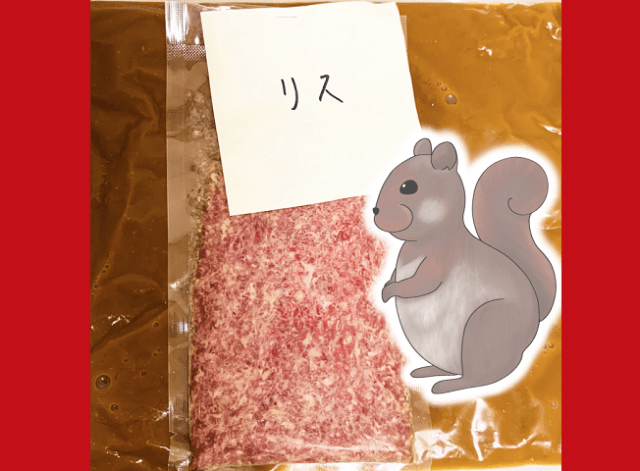
Today’s recipe comes from Japan’s northern island of Hokkaido and the traditional culture of the Ainu people.
By this point, certain types of Japanese food, like sushi and tempura, are known to, and loved by, foodies around the world. But today we’re plunging into depths of Japan’s culinary heritage unknown even to many Japanese people themselves with chitatapu.
Chitatapu is a style of cooking developed by the Ainu, the indigenous people of Japan’s northern island of Hokkaido. Chitatapu involves dicing and striking meat until it gets a paste-like consistency, and our Japanese-language reporter Idate Ayaka decided to try her hand at making a hot pot with chitatapu.
Ayaka was in luck, since the restaurant Chinjuya, which has branches in both Tokyo and Yokohama, is currently selling a mail-order chitatatpu hot pot set, so she put in her order and waited for her ingredients to come.
Now you might be looking at those packs above and thinking they don’t look like chicken, beef, or pork, and you’re exactly right. Chinjuya specializes in unorthodox meats, and the pack on the right, the one that’s chitatapu-style, is squirrel.
The traditional Ainu diet includes of lots of wild game, and squirrel chitatapu recently had a moment in the pop culture spotlight when it appeared in Hokkaido-set anime/manga Golden Kamuy. That said, squirrel isn’t part of mainstream Japanese cuisine, and making the hurdle even higher for Ayaka is that in most of Japan, you’ll only see squirrels in pet shops or zoos, placing them even farther from the sorts of animals she thinks of as potential food. In fact, it took seven days after the frozen pack’s arrival for Ayaka to mentally prepare herself to eat some squirrel.
▼ The set also contained pheasant and kangaroo (the latter of which, obviously, isn’t part of any traditional regional diet in Japan).
The first step of the meal preparation was to form two meat balls out of the squirrel chitatapu, which Ayaka did while trying not to think too much about how cute this component of her dinner must have originally looked.
▼ The squirrel chitatapu also has some minced garlic mixed in.
For the other meats, which were cut into strips, the directions recommended seasoning them with sesame oil and garlic first, which Ayaka did. Then all she had to do was combine the meat in a pot with the broth that had been included in the kit and whatever vegetables she wanted, plus some tofu too.
After 30 minutes, everything had cooked up nicely, and it was time to eat.
Ayaka decided to start with the squirrel chitatapu, but as she reached for one of the meatballs with her chopsticks, a wave of trepidation washed over her once more. “But wait,” she thought, “cows, pigs, and chickens are all cute too, aren’t they? And they taste delicious, so maybe squirrel is pretty good too?”
With a silent thank you to the squirrel she’d never met, Ayaka took a bite…and her world changed.
To quote her tasting notes:
”The squirrel meat was tender, and had no harshness in its flavor. It has a rich umami flavor with a woody sensation. Honestly, squirrel, as meat, is incredibly delicious.”
Although it had taken Ayaka a solid week of mental preparation for Ayaka to accept that squirrel might be something she could eat, all it took was a single bite to completely change her image of squirrels from “Cute woodland critters” to “Cute and mouthwatering woodland critters.”
▼ “Mr. Squirrel! I want to eat you!” writes Ayaka.
The pheasant and kangaroo were also to Ayaka’s liking, but the squirrel chitatapu was really the star of her meal. If you’d like try it for yourself, the hot pot kit costs 3,980 yen (US$37) and is available only by request through Chinjuya’s official Twitter account (@noge_chinjuya) in cash-on-delivery format. However, if you want to eat one of Chinjuya’s giant beetles, like we also did, you’ll have to visit one of their restaurants.
Photos ©SoraNews24
● Want to hear about SoraNews24’s latest articles as soon as they’re published? Follow us on Facebook and Twitter!
[ Read in Japanese ]

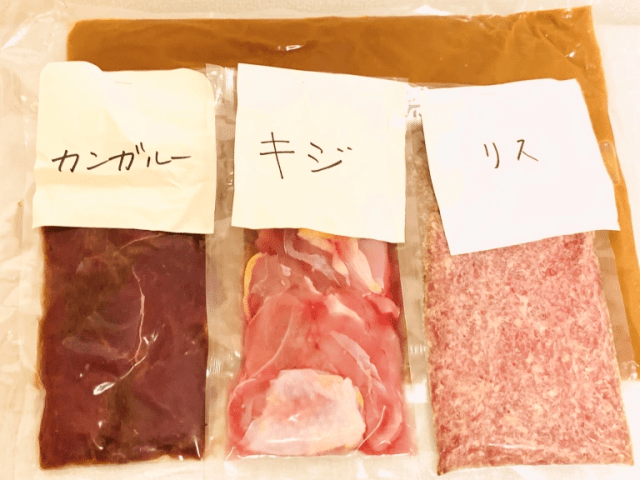
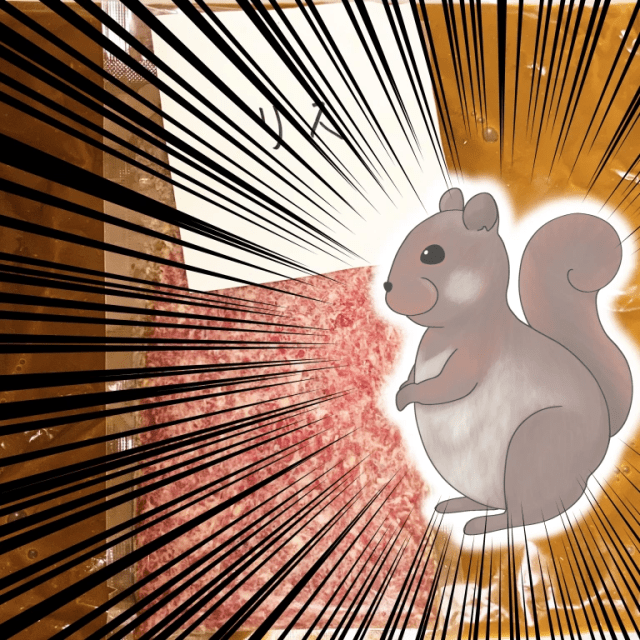
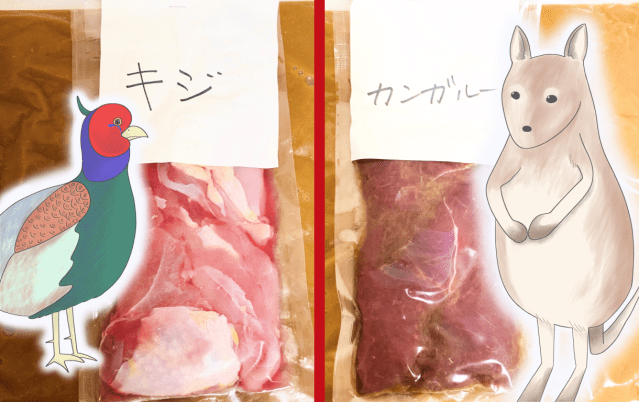
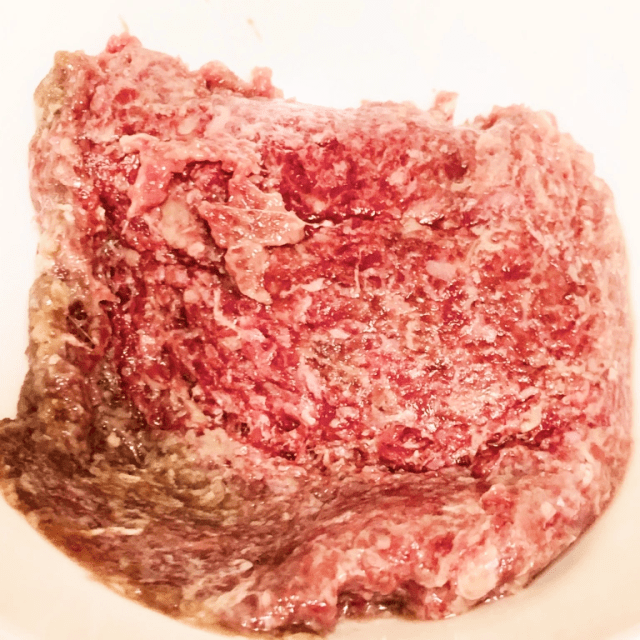
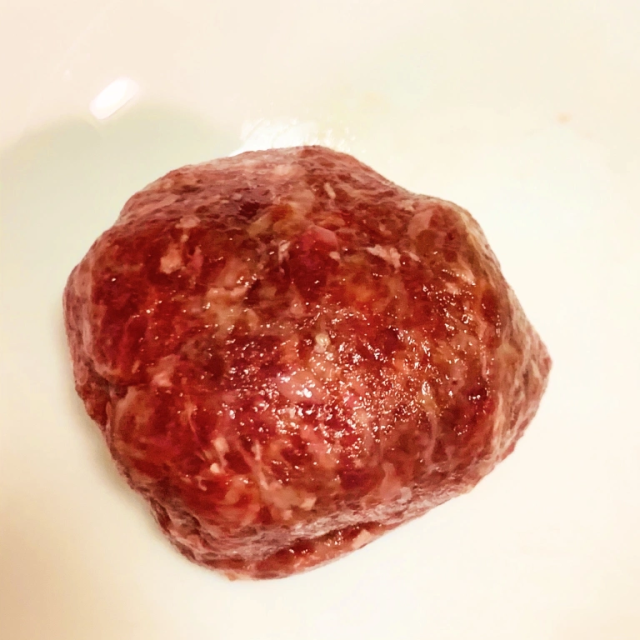
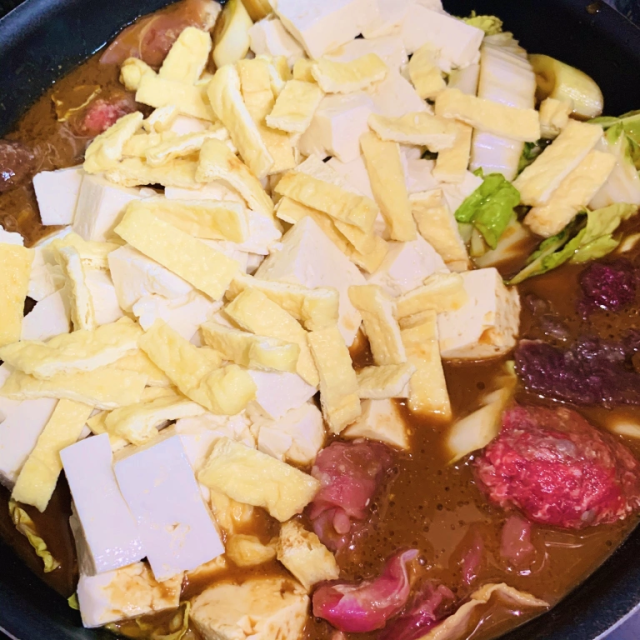
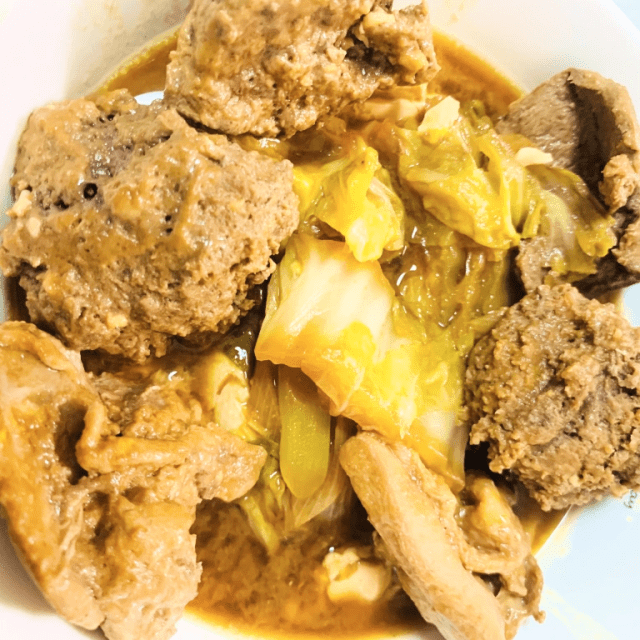
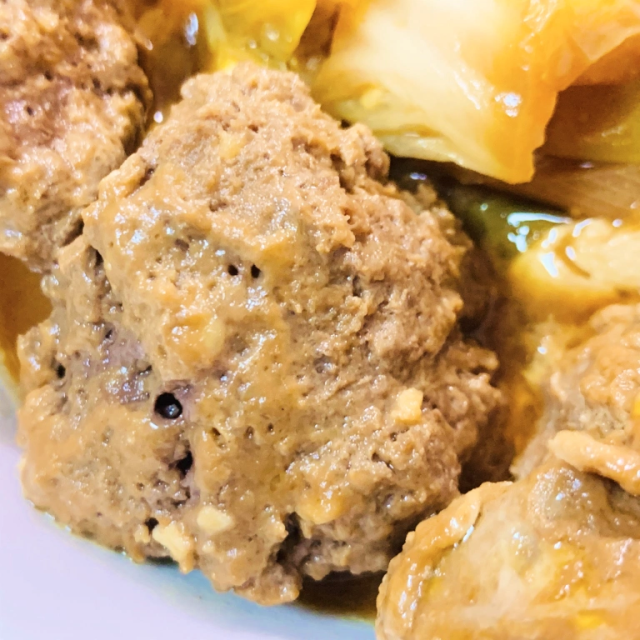
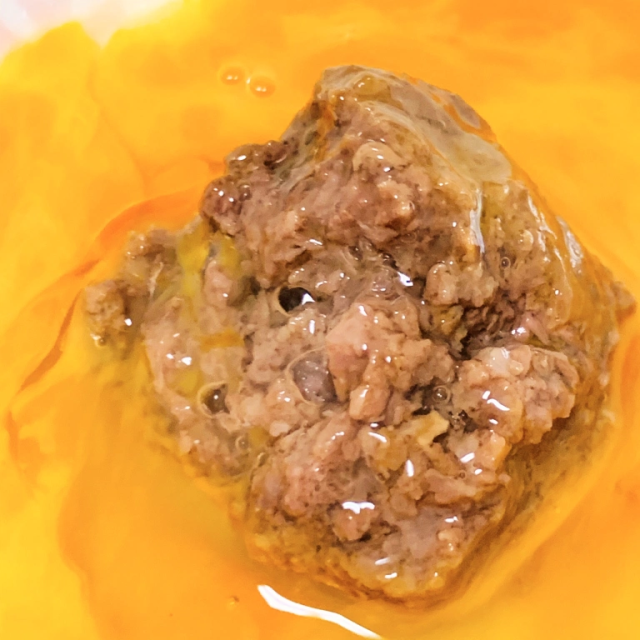
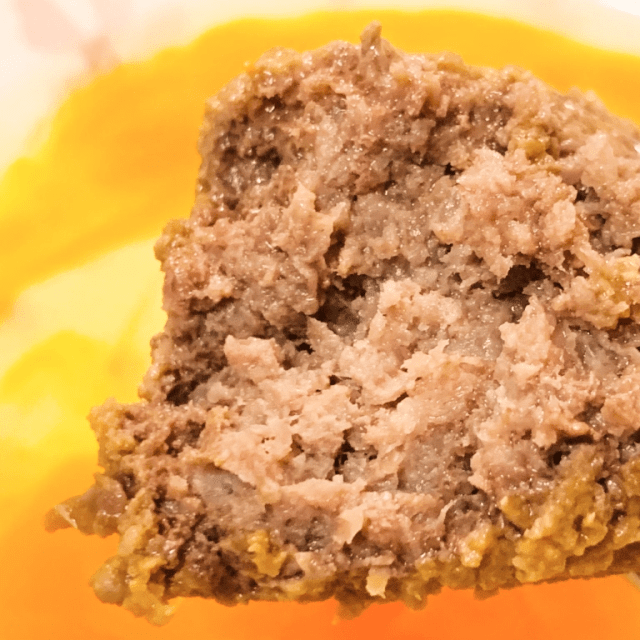

 Gluttony has no limits with Costco fried chicken larger than our face【SoraKitchen】
Gluttony has no limits with Costco fried chicken larger than our face【SoraKitchen】 We take a trip to Japan’s Lovot robot cafe, cuddle with a bot and learn how to love
We take a trip to Japan’s Lovot robot cafe, cuddle with a bot and learn how to love We use makeup from Japanese kids’ anime Tropical-Rouge! PreCure on our adult faces【Photos】
We use makeup from Japanese kids’ anime Tropical-Rouge! PreCure on our adult faces【Photos】 Machida Squirrel Garden: Tokyo’s tiny zoo for equally tiny critters【Photos】
Machida Squirrel Garden: Tokyo’s tiny zoo for equally tiny critters【Photos】 We tried a gourmet chocolate bento box worth 2,700 yen, and every bite was worth it
We tried a gourmet chocolate bento box worth 2,700 yen, and every bite was worth it Foreigner’s request for help in Tokyo makes us sad for the state of society
Foreigner’s request for help in Tokyo makes us sad for the state of society Seaside scenery, history, and so many desserts on Yokohama’s Akai Kutsu【Japan Loop Buses】
Seaside scenery, history, and so many desserts on Yokohama’s Akai Kutsu【Japan Loop Buses】 Mikado Coffee is a 76-year-old coffee chain with a major celebrity connection
Mikado Coffee is a 76-year-old coffee chain with a major celebrity connection Japan’s massive matcha parfait weighs 6 kilos, contains hidden surprises for anyone who eats it
Japan’s massive matcha parfait weighs 6 kilos, contains hidden surprises for anyone who eats it Japanese city loses residents’ personal data, which was on paper being transported on a windy day
Japanese city loses residents’ personal data, which was on paper being transported on a windy day Suntory x Super Mario collaboration creates a clever way to transform into Mario【Videos】
Suntory x Super Mario collaboration creates a clever way to transform into Mario【Videos】 Hey, Japanese taxi driver! Take us to your favorite restaurant in Tsuruga City!
Hey, Japanese taxi driver! Take us to your favorite restaurant in Tsuruga City! We eat at three Japanese family restaurants to find the one with the best-value breakfast
We eat at three Japanese family restaurants to find the one with the best-value breakfast This is the first cafe in Japan to serve Mont Blanc, and it’s closing down after 90 years【Taste test】
This is the first cafe in Japan to serve Mont Blanc, and it’s closing down after 90 years【Taste test】 There’s a new world’s largest anime robot statue, and it’s not in Japan【Photos】
There’s a new world’s largest anime robot statue, and it’s not in Japan【Photos】 McDonald’s new Happy Meals offer up cute and practical Sanrio lifestyle goods
McDonald’s new Happy Meals offer up cute and practical Sanrio lifestyle goods Japanese ramen restaurants under pressure from new yen banknotes
Japanese ramen restaurants under pressure from new yen banknotes French Fries Bread in Tokyo’s Shibuya becomes a hit on social media
French Fries Bread in Tokyo’s Shibuya becomes a hit on social media Red light district sushi restaurant in Tokyo shows us just how wrong we were about it
Red light district sushi restaurant in Tokyo shows us just how wrong we were about it New private rooms on Tokaido Shinkansen change the way we travel from Tokyo to Kyoto
New private rooms on Tokaido Shinkansen change the way we travel from Tokyo to Kyoto Tokyo Tsukiji fish market site to be redeveloped with 50,000-seat stadium, hotel, shopping center
Tokyo Tsukiji fish market site to be redeveloped with 50,000-seat stadium, hotel, shopping center Beautiful Ghibli sealing wax kits let you create accessories and elegant letter decorations【Pics】
Beautiful Ghibli sealing wax kits let you create accessories and elegant letter decorations【Pics】 Secret Kitchen bento serves Japanese flowers, birds, wind and moon in a box, but is it worth it?
Secret Kitchen bento serves Japanese flowers, birds, wind and moon in a box, but is it worth it? New definition of “Japanese whiskey” goes into effect to prevent fakes from fooling overseas buyers
New definition of “Japanese whiskey” goes into effect to prevent fakes from fooling overseas buyers Our Japanese reporter visits Costco in the U.S., finds super American and very Japanese things
Our Japanese reporter visits Costco in the U.S., finds super American and very Japanese things Studio Ghibli releases Kiki’s Delivery Service chocolate cake pouches in Japan
Studio Ghibli releases Kiki’s Delivery Service chocolate cake pouches in Japan All-you-can-drink Starbucks and amazing views part of Tokyo’s new 170 meter-high sky lounge
All-you-can-drink Starbucks and amazing views part of Tokyo’s new 170 meter-high sky lounge More foreign tourists than ever before in history visited Japan last month
More foreign tourists than ever before in history visited Japan last month New Pokémon cakes let you eat your way through Pikachu and all the Eevee evolutions
New Pokémon cakes let you eat your way through Pikachu and all the Eevee evolutions Disney princesses get official manga makeovers for Manga Princess Cafe opening in Tokyo
Disney princesses get official manga makeovers for Manga Princess Cafe opening in Tokyo Sales of Japan’s most convenient train ticket/shopping payment cards suspended indefinitely
Sales of Japan’s most convenient train ticket/shopping payment cards suspended indefinitely Sold-out Studio Ghibli desktop humidifiers are back so Totoro can help you through the dry season
Sold-out Studio Ghibli desktop humidifiers are back so Totoro can help you through the dry season Japanese government to make first change to romanization spelling rules since the 1950s
Japanese government to make first change to romanization spelling rules since the 1950s Ghibli founders Toshio Suzuki and Hayao Miyazaki contribute to Japanese whisky Totoro label design
Ghibli founders Toshio Suzuki and Hayao Miyazaki contribute to Japanese whisky Totoro label design Doraemon found buried at sea as scene from 1993 anime becomes real life【Photos】
Doraemon found buried at sea as scene from 1993 anime becomes real life【Photos】 Tokyo’s most famous Starbucks is closed
Tokyo’s most famous Starbucks is closed One Piece characters’ nationalities revealed, but fans have mixed opinions
One Piece characters’ nationalities revealed, but fans have mixed opinions We asked a Uniqlo employee what four things we should buy and their suggestions didn’t disappoint
We asked a Uniqlo employee what four things we should buy and their suggestions didn’t disappoint “Drinkable pistachios”: A nutty matcha lover’s dream beverage
“Drinkable pistachios”: A nutty matcha lover’s dream beverage Watching Akira for the first time ever – Our contrary reporter gets her mind blown
Watching Akira for the first time ever – Our contrary reporter gets her mind blown Asakusa luxury – the best matsutake soba we’ve ever had at a price that can’t be beat
Asakusa luxury – the best matsutake soba we’ve ever had at a price that can’t be beat Artist Takashi Murakami immortalises heckled Tokyo assembleywoman in dot-art portraits
Artist Takashi Murakami immortalises heckled Tokyo assembleywoman in dot-art portraits Sake-brewing company produces one-chug wonder: boozy boba in a bottle【Taste test】
Sake-brewing company produces one-chug wonder: boozy boba in a bottle【Taste test】 Starbucks China now has adorable limited summer products featuring alpacas, raccoons, and sloths
Starbucks China now has adorable limited summer products featuring alpacas, raccoons, and sloths The Japanese cat with over 100 cosplay costumes
The Japanese cat with over 100 cosplay costumes Store serves edible Japanese rhinoceros beetles, apparently pairs well with beer
Store serves edible Japanese rhinoceros beetles, apparently pairs well with beer $2.34!? Cheapest bullet-train ride in Japan lasts 3 minutes, but memories are forever【Photos】
$2.34!? Cheapest bullet-train ride in Japan lasts 3 minutes, but memories are forever【Photos】 Studio Ghibli releases new plush characters that turn into eco-friendly reusable shopping bags
Studio Ghibli releases new plush characters that turn into eco-friendly reusable shopping bags Hyperactive squirrels have captured the attention of Twitter users…and these two cats!【Video】
Hyperactive squirrels have captured the attention of Twitter users…and these two cats!【Video】 Our unrefined “potato” reporter gets a haircut by an anime hairstyle expert in Tokyo
Our unrefined “potato” reporter gets a haircut by an anime hairstyle expert in Tokyo New dress collection by up-and-coming Japanese fashion label, inspired by traditional paper patterns
New dress collection by up-and-coming Japanese fashion label, inspired by traditional paper patterns PPAP singer gets slapped on the butt by an idol in video for his newest song, “Vegetable”【Video】
PPAP singer gets slapped on the butt by an idol in video for his newest song, “Vegetable”【Video】 We set off a 45-yen (US$0.41) weightlifting firework from the ’70s in honor of the Tokyo Olympics
We set off a 45-yen (US$0.41) weightlifting firework from the ’70s in honor of the Tokyo Olympics
Leave a Reply